- Malcolm’s best tech in 2025: iPhone Air, Powerbeats Pro 2, and a cheap UPS AppleInsider
- Worth every penny: The best tech purchases I made in 2025 Android Authority
- I used hundreds of tech products in 2025: Here are my absolute favourites The…
Blog
-
Malcolm's best tech in 2025: iPhone Air, Powerbeats Pro 2, and a cheap UPS – AppleInsider
-
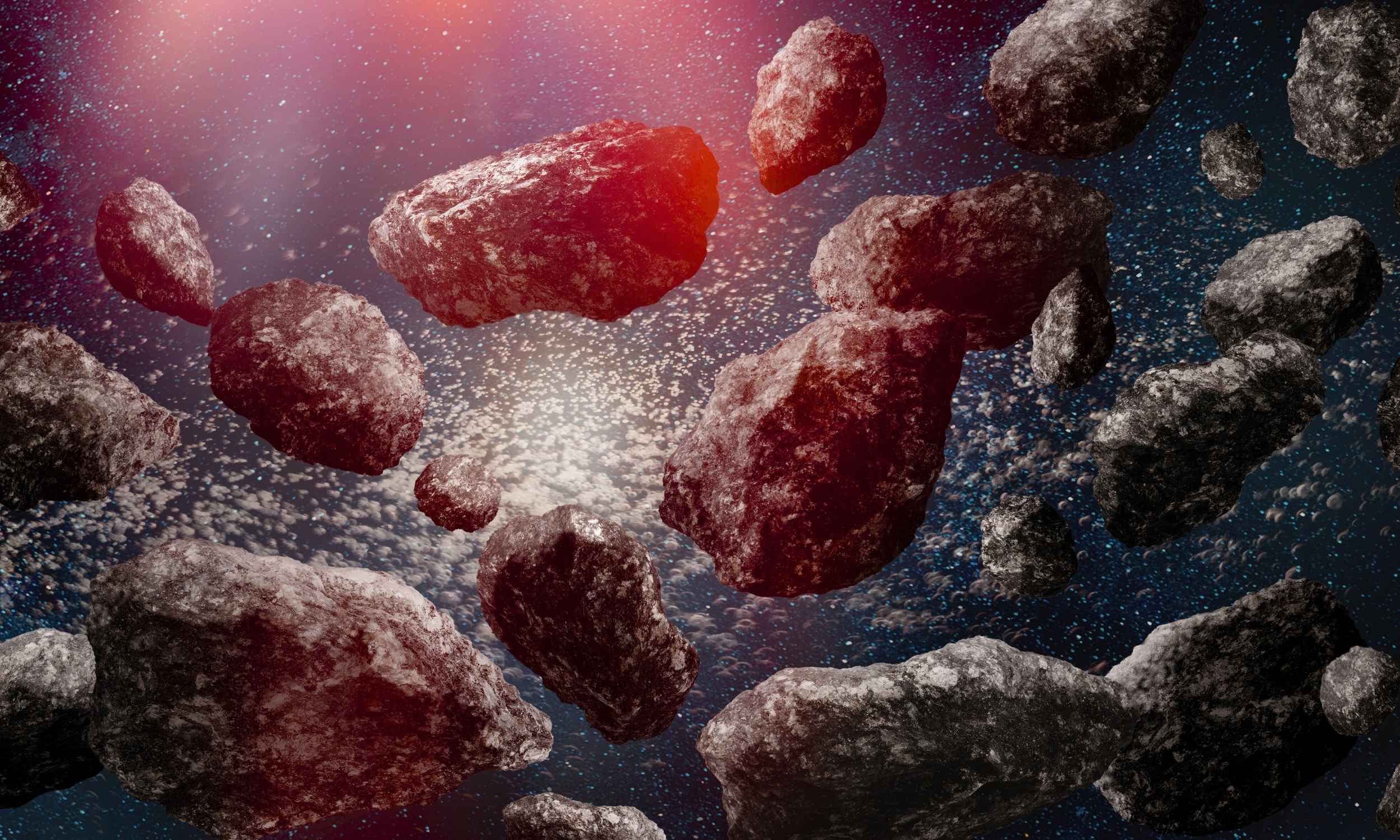
Astronomers find unexpected cluster of objects in the Kuiper Belt
Astronomers have found a compact new cluster of objects inside the Kuiper belt, which is a distant band of icy bodies at the edge of our solar system beyond Neptune. The cluster sits 4.0 billion miles from the Sun, about 43 astronomical units.
The…
Continue Reading
-
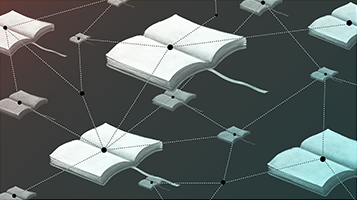
Constructing A Science Of Stories
SFI Research News:
From Beowulf to Pride and Prejudice to the classic sitcom Friends, all stories share a common purpose: to convey knowledge about how to navigate the world.
“Stories are everywhere,” said SFI External Professor Peter…
Continue Reading
-
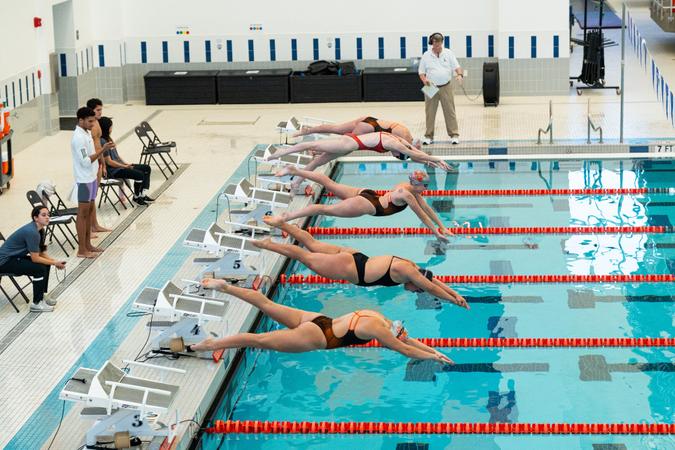
From Record Times to Postseason Qualifiers: A Midseason Look at UTRGV Swimming & Diving
RIO GRANDE VALLEY – Building on the momentum of an inaugural season is a challenge the UTRGV swimming &…
Continue Reading
-

Sophie Ellis Bextor reflects on life as mom of five
Sophie Ellis Bextor has opened up about her parenting philosophy, offering a rare…
Continue Reading
-
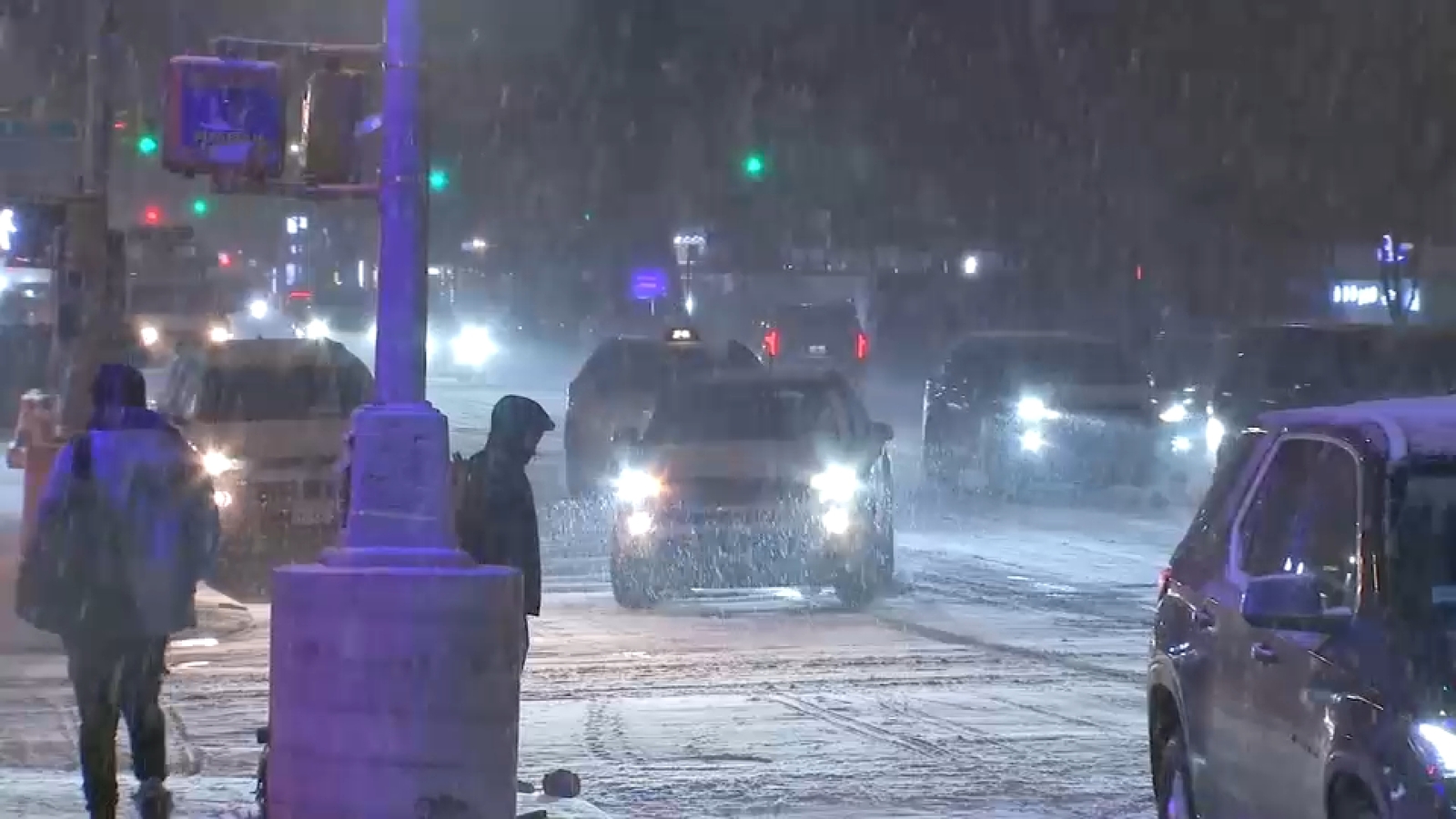
Winter storm NYC live updates: Snowstorm winding down across New York City, Tri-State area
NEW YORK (WABC) — The most significant winter storm to hit the Tri-State in almost four years was winding down Saturday morning, with the heaviest snowfall north and east of New York City.
Central Park recorded 4.3 inches of snow, within the…
Continue Reading
-
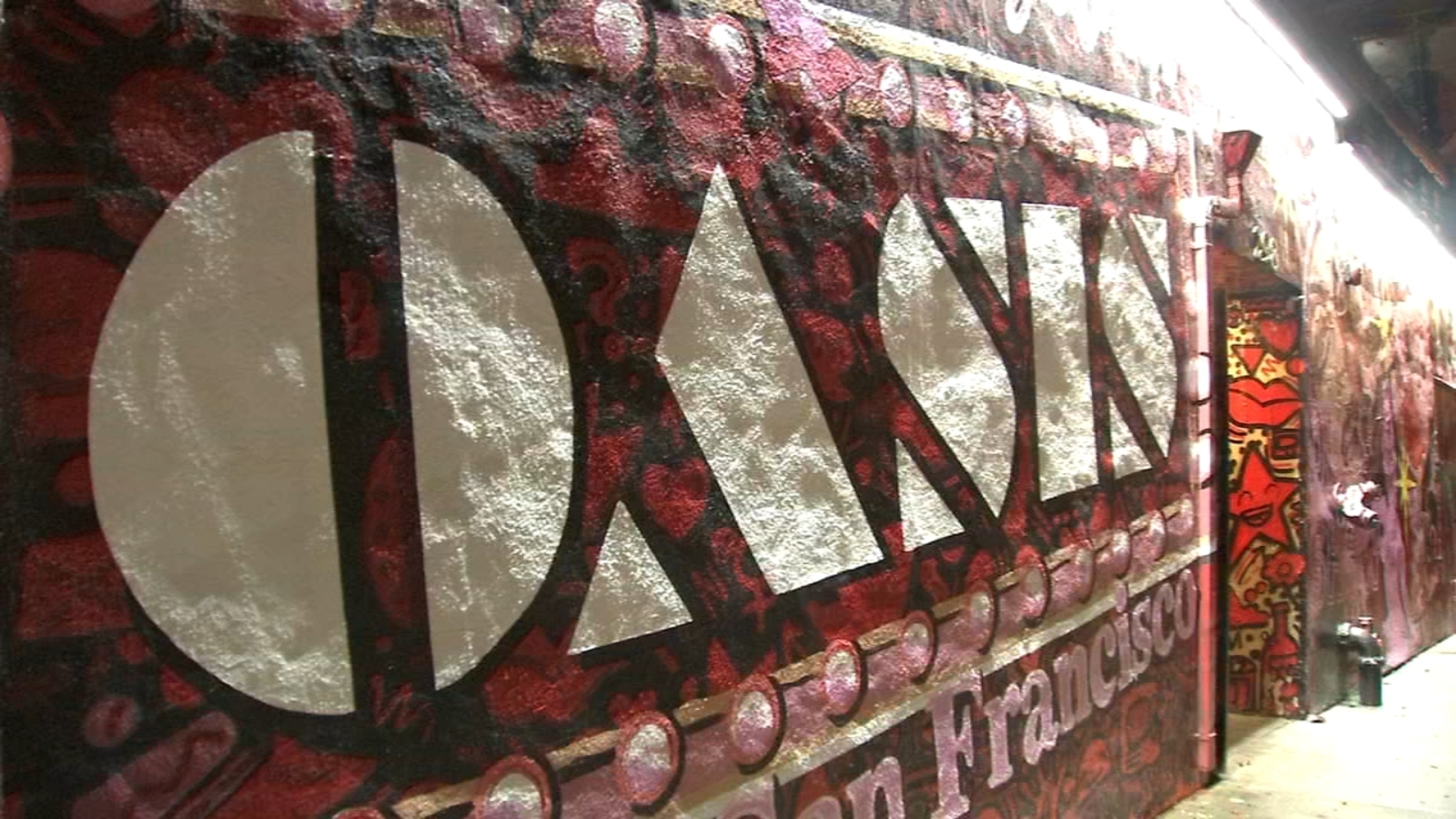
Multi-million dollar donation saves iconic San Francisco drag cabaret, Oasis
SAN FRANCISCO (KGO) — After months of mourning its impending closure, there was a celebration Friday night at San Francisco’s Oasis drag cabaret in the wake of a multi-million dollar donation to keep the doors open.
“It sounds like a cliche, but…
Continue Reading
-
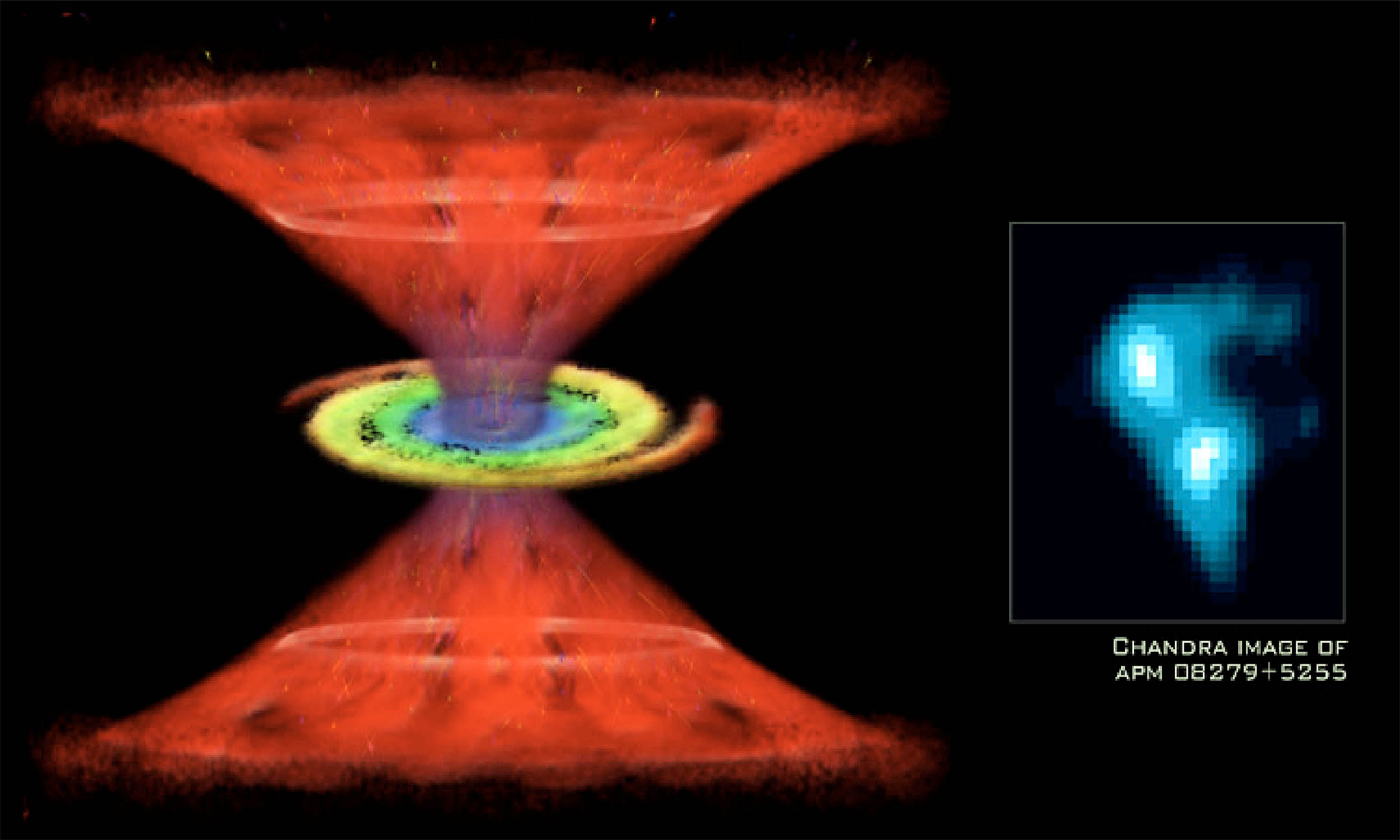
Black hole has enough water to fill “trillions of Earth-size oceans”
Astronomers enjoy it when the universe throws a curveball, and this object does exactly that. Working in two teams, they have found the largest, most distant stash of water ever seen in the cosmos. APM 08279+5255 is a quasar – an active galaxy…
Continue Reading
-

Large Hadron Collider finally explains how fragile matter forms
Scientists have now clarified how deuterons form under extreme conditions. Protons and neutrons needed to create these tiny nuclei are released when extremely short-lived, high-energy particle states decay (so-called resonances). Once freed, the…
Continue Reading
